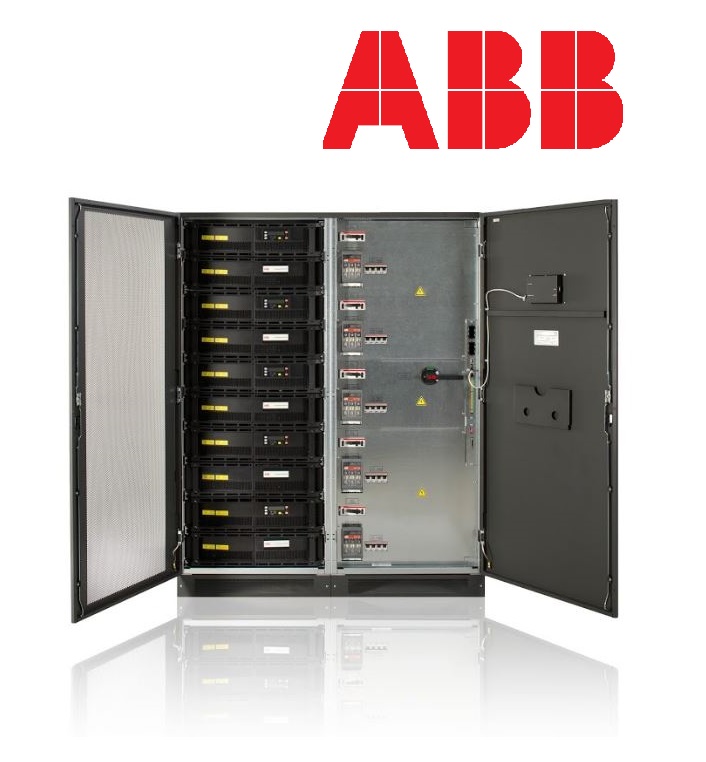- Home
- Solution
Your Brand, Our Strategy
-
Media & Visibility Solutions
-
Brand & Communication Solutions
Your Challenges, Our Smart Solutions
Let’s Talk Let’s Talk
-
- Agency
- Pricing Plan
- Media Hub



